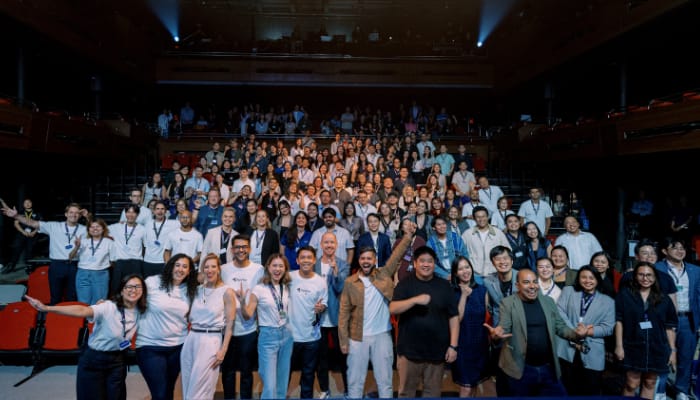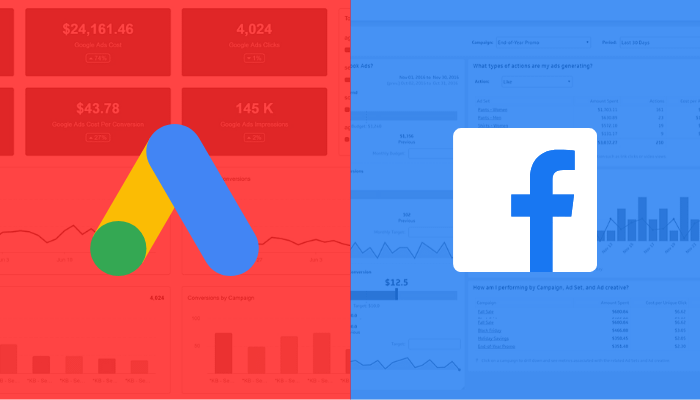In the Philippines, where mobile is the primary gateway to the internet, marketers face both opportunity and complexity. One-size-fits-all campaigns often fall short in a landscape shaped by diverse behaviors, platforms, and preferences. To truly connect with Filipino consumers, strategies must reflect how mobile fits into every part of daily life.
Against this backdrop, AppsFlyer brought its flagship event, Mobile Attribution and Marketing Analytics (MAMA), to Manila for the first time. Held on 25 April 2025 at the BGC Arts Center, the one-day event gathered industry leaders and solution providers in a mobile marketing-dedicated space, aiming to shape the future of the industry. MARKETECH APAC served as the official media partner, with support from event sponsors TikTok, Affle, and Mintegral.
A lineup of experts shared insights on the latest trends in marketing, growth, analytics, commerce media, and customer engagement. Providing a platform for new perspectives, MAMA Manila featured presentations and sessions from:
- Ronen Mense, President, Managing Director, APAC at AppsFlyer
- Chen Guter, VP Brand Marketing at AppsFlyer
- Nico Marco, Marketing Director, SEAPAC at AppsFlyer
- Jane Hou, Head of Product, APAC at AppsFlyer
- Neama Benhabib, Head of Audiences at AppsFlyer
- Aditya Maheshwari, Senior Director of Customer Success, SEAPAC at AppsFlyer
- Delbert Ty, Former Chief Marketing Officer at Coffee Meets Bagel
- Jeremy Chia, Co-founder, CEO & CCO at GOODSTUPH Thailand
- Juan Carlos Bauza, Vice President for Innovations and AdTech at GCash
- Naveen Asrani, Head – Strategic Product & Growth, Digital Natives and Software, ASEAN at AWS
- Carlos Palma, Assistant Vice President for Platforms Marketing, at BPI
- Terence Gocheco, Director, Loyalty Enablement, Feel Valued Tribe at Globe Telecom
- Ria Roldan, CLM Marketing Manager for AI at Globe Telecom
- Gin Ng, Head of Brand Partnerships, Global Business Solutions at TikTok
The insights shared at MAMA Manila reflected broader trends already visible in the data. AppsFlyer’s newly released State of App Marketing: Philippines 2025 report shows the Philippines recorded over 3.06 billion app installs in 2024, ranking second in Southeast Asia, just behind Indonesia. More than 1.8 billion of those came from non-gaming apps, underscoring how mobile now plays a central role in how Filipinos manage everyday life.
“With more than 3 billion installs last year—an over 615% increase since 2018—the Philippines isn’t just a mobile-first market, it’s a mobile growth engine for the region,” said Ronen Mense, President & Managing Director, APAC at AppsFlyer.
“What we saw at MAMA Manila echoes what the data shows: this market has moved from potential to proof. It’s now one of Asia’s top-performing app economies, a proving ground for scalable, measurable growth strategies. As the region’s leading measurement platform, AppsFlyer is proud to support that journey. We’re committed to helping brands scale with precision and privacy at the core.”
For a deeper understanding of the evolving app marketing landscape in the Philippines, the State of App Marketing – Philippines 2025 offers insights into the mobile market. To learn more, download the report here.
More than an event for new insights, MAMA Manila also made space for networking opportunities, allowing guests to forge valuable connections with industry leaders and peers.
MAMA Manila marked AppsFlyer’s first edition of its global flagship event in the Philippines.










